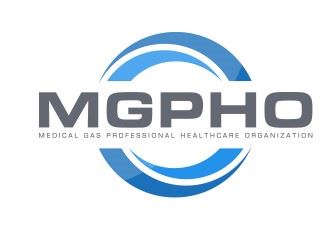A hard one. So first this ( In my opinion only ):
I'm always guarded.
When I see a statement from the ANNEX and / or the HANDBOOK.
They are just plain / not the CODE.
NFPA 99 the 2018 Edition
Chapter#15 Dental Category I Systems are to meet Chapter #5 Systems with a couple of exceptions (i.e. the unit for vacuum can be a simplex system).
The information and requirements in Chapter #5 Overrides the Handbook in this case.
Now back to Chapter#15 Dental for Category 2 Systems.
Which can only provide Moderate and Minimal Sedation plus only be piped / supplied with Oxygen & Nitrous Oxide.
This Dental Charter #15 Category 2 uses the wording ( SCAVENGING VIS THE ACRONYM WAGD ).
I personal see no difference. The goal here is to remove the inhalational agents that produces the sedation. ( see Chapter #3.3.7 ).
As a whole its a OSHA item.
Using the Medical and / or Dental Vacuum Producer, one would think equal the same results. Regardless of what we call it or whether its active, venturi, scavenging, evacuation, suction, vacuum, blower or less than 14.7 psig.
Per happens, its time to review NIOSH ( National Institute for Occupational Safety and Health )

